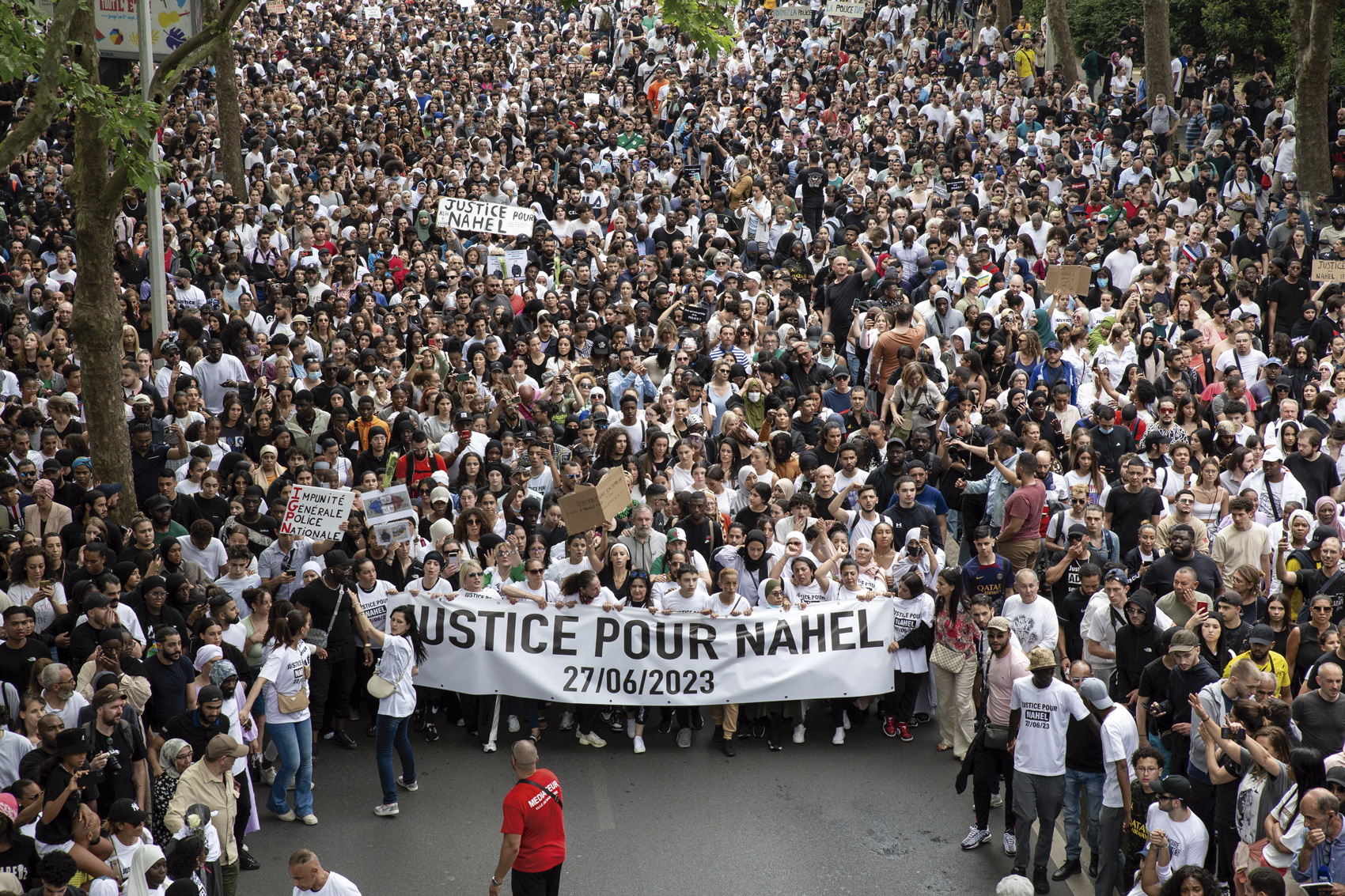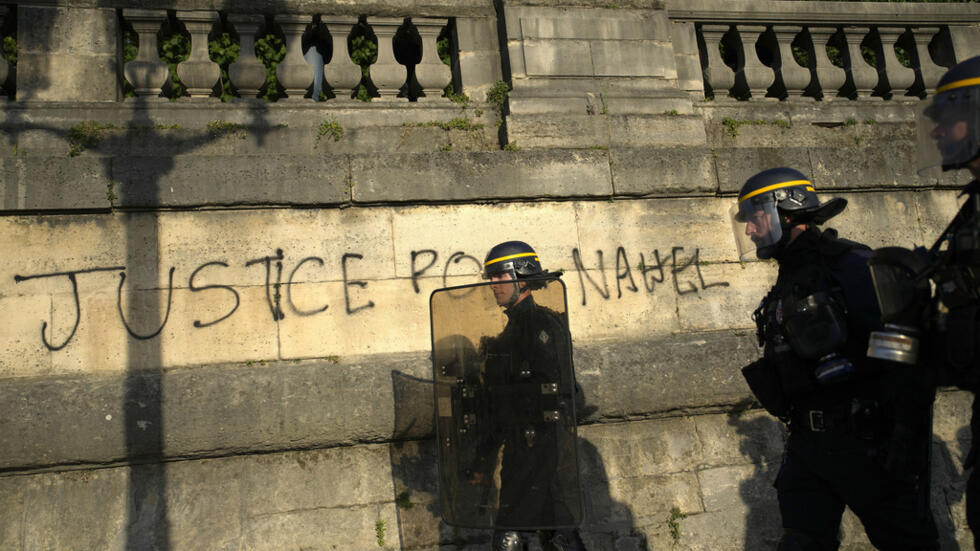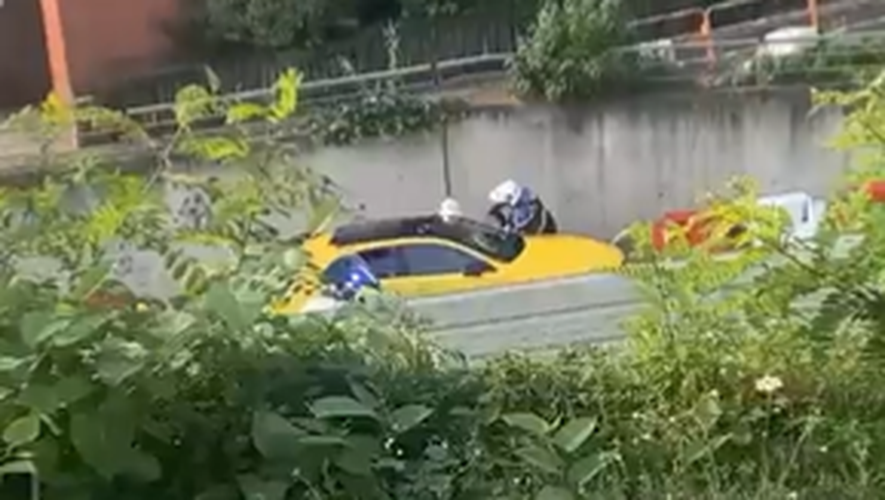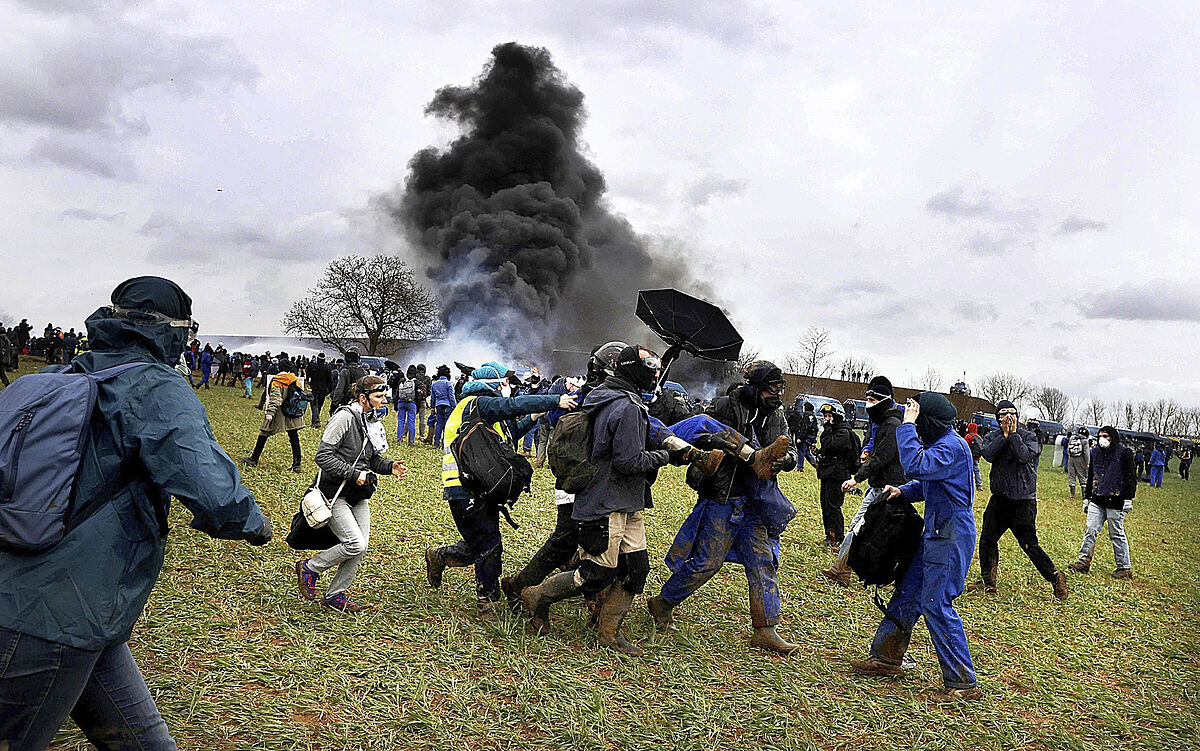Police abuse in poor neighbourhoods in France
- The situation in the suburbs is one of the most powerful problems that France does not want to look at. In addition to geographical exclusion, the daily bread has social, political and economic discrimination. In these neighborhoods, built between the 50's and 70's, immigrants and their descendants born in France predominate. The excesses of the police have made the atmosphere unbearable and have become ridiculous on a regular basis. In the absence of political solutions, the list of persecutions is expanding.
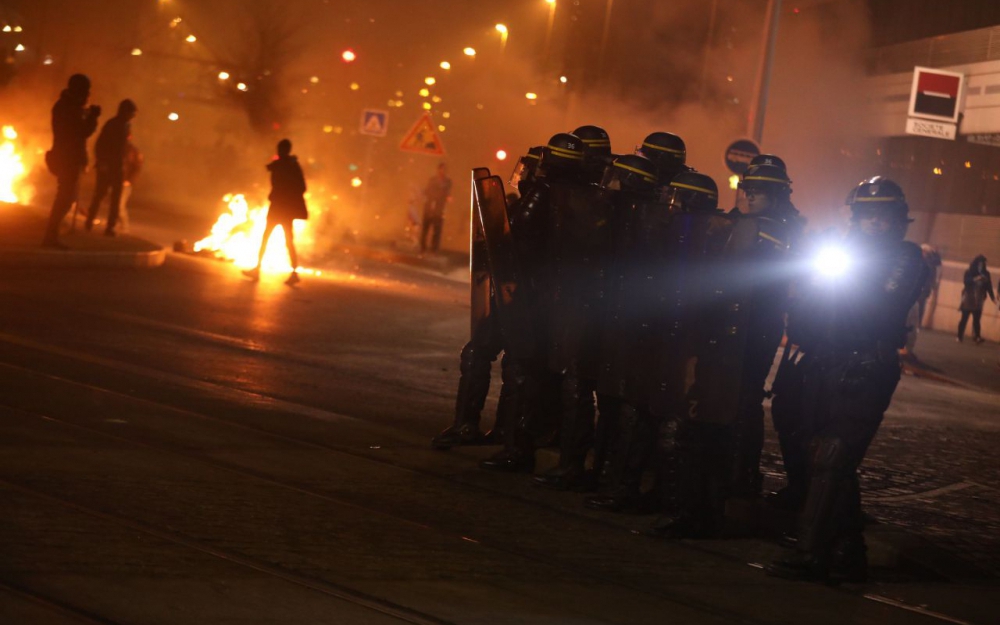
They get angry, they get angry. But it's not an image: the flames cover the darkness of the night. From the first in 1979 to the last of February of this year, all persecutions in French cities have a common basis: socio-economic political exclusion and police abuse. “Employment, housing, education, etc., is a poor situation, but all of this has the same basis: there is structural racism in France,” says Louisa Yousfi, a young militant fighting racism.
History repeats itself. The sociologist Laurent Mucchielli makes it clear: “It’s a mistake to limit prosecutions to the area of crime, yes, they do criminal actions, but it’s not just that.” They are based on a number of unresolved problems. It has no political will to improve the situation on the part of the political powers. “If we look at the budgets, it is clear that it is not in the priorities.”
In his stage as Prime Minister, Manuel Valls himself defined the situation as “territorial, social and ethnic apartheid”.
If it is not on the part of the political powers, Yousfi has changed its name by the young people of the urban environment. He pointed out that since 2005 there have been fewer and fewer politically organised civil society persecutions and demonstrations and groups. Not of the same opinion about Mucchiell: “I’m not so optimistic, I don’t have so much political organization.” In 2005, Zyid Benna and Bouna Traoré, in the Clichy-sous-Bois neighbourhood, along with Paris, died electrified after fleeing police control. The persecutions, which lasted three weeks, began in the neighborhood and extended to other French cities. On the third day, cholera was heightened when police launched a tear gas grenade inside the neighborhood mosque. The police they had from behind have been declared innocent. In the courts, the Urgence collective, notre police assassassine (If it's a big hurry, it's our police who kills) usually regrets that the white police word "systematically overlaps those of neighbors."
For ten years, 47 residents killed by the police
Police excesses continue to set fire. The last, in February of this year, have been arrested and raped by the police, who have arrested the young Théo Luhaka. They have unsustainable looking controls. On the part of the police, a black or a brown man controls in France up to eight times more than a white man. Both Yousfi and Mucchielli talk about the “humiliation” caused by these controls. The anthropologist Didier Fassin, who has closely followed the Anti-Christ Brigade BAC, has concluded three trends: arbitrary arrests, out-of-measure measures and unfair practices.
Murder is the culmination of police abuse. In the last ten years there have been 47. The number was released last May by Parisiense Streetpress. Not a single policeman has ended up in jail: three have left the courtroom with reversal sentences, sixteen have been charged and twenty-eight are tried or tried. Mucchielli sees the need to reform the division of the National Police, which continues to exist. In 1997 the socialist government was set up, which put the local police in charge. However, the leaders of the sector soon blocked the reform. In the words of the sociologist, “in France we don’t have patrols, police officers talking to people. They go to the neighborhoods like the battlefield.” Having said that, he points out that the first reason for persecution is “the desire for revenge”.
Conversion into ghetto
The situation is linked to urbanization policy. Yousfi denounces that the surroundings of the city are true ghettos. He is not the only one who makes this comparison; two years ago, as Prime Minister, Manuel Valls himself defined the situation as “territorial, social and ethnic apartheid”.
On the day after the Second World War, the establishment of the Public Immigration Organization launched a policy of bringing workers from other countries closer together (Italy, Portugal, Morocco, Algeria...) to pursue a policy of modernisation. To house this population born from abroad and from the villages, the neighborhoods called grands ensembles (large groups) were built. Logic: build as many apartments as possible. The buildings were chased into a kind of desert square. Hundreds and thousands of overlapping apartments. Abolish city services.
On the part of the police, a black or a brown man controls in France up to eight times more than a white man.
In the apartments, hot water and toilets were offered, although there was some modernization in the beginning, criticism soon appeared. The houses started to break down. With the notion of sarcellite invented by a neighbor from the Sarcelles neighborhood, the feeling of depression and neurosis of the natives began to be denounced. With the criticism and with the aim of reducing segregation, the public authorities launched an urban policy at the end of the 1960s. The construction of the towers was paralyzed in 1973 and began to promote the construction of private housing. With help, many of the big groups were separated. But the poorest and most precarious part of the population could not. In addition to economic misery, they remained in social misery. Surrounded by a racist atmosphere, breaking the silence, taking a political step to denounce the situation of the children who remained. These are commonly called the second generation.
1979: first combat
They were persecutions. The former took place in September 1979 in the vicinity of the city of Grappinière in Lyon. On 15 September, the police entered the neighborhood to arrest and expel young Akim, accused of car theft, from France. With the police behind him, he opened his veins. With the blood enlarged, they took him with the handcuffs laid, leaving the neighborhood on fire.
In 1983 they made a march for equality and against racism, with the aim of making more deaf ears to the claim. From a hospital, the call was fired by the police from the mouth of Toumi, the young Djaidja. They left about ten people from Marseilles and gathered a hundred thousand in the last kilometers of Paris. That year there were many racist killings: According to the Ministry of the Interior, five, and according to anti-racist groups, twenty-one. Today, those marches continue. The last of them took place on 19 March this year. The second generation doesn't, but it does the third, except for the fourth generation.
The one under the police is Yssoufou Traore. Specifically, Adama's brother, killed in 2016 by the French police. They're landed, blocked with the knee. Oroit George Floyd? The police died in that position. Yssoufou's brother also died in the same position. It's a photograph taken... [+]














